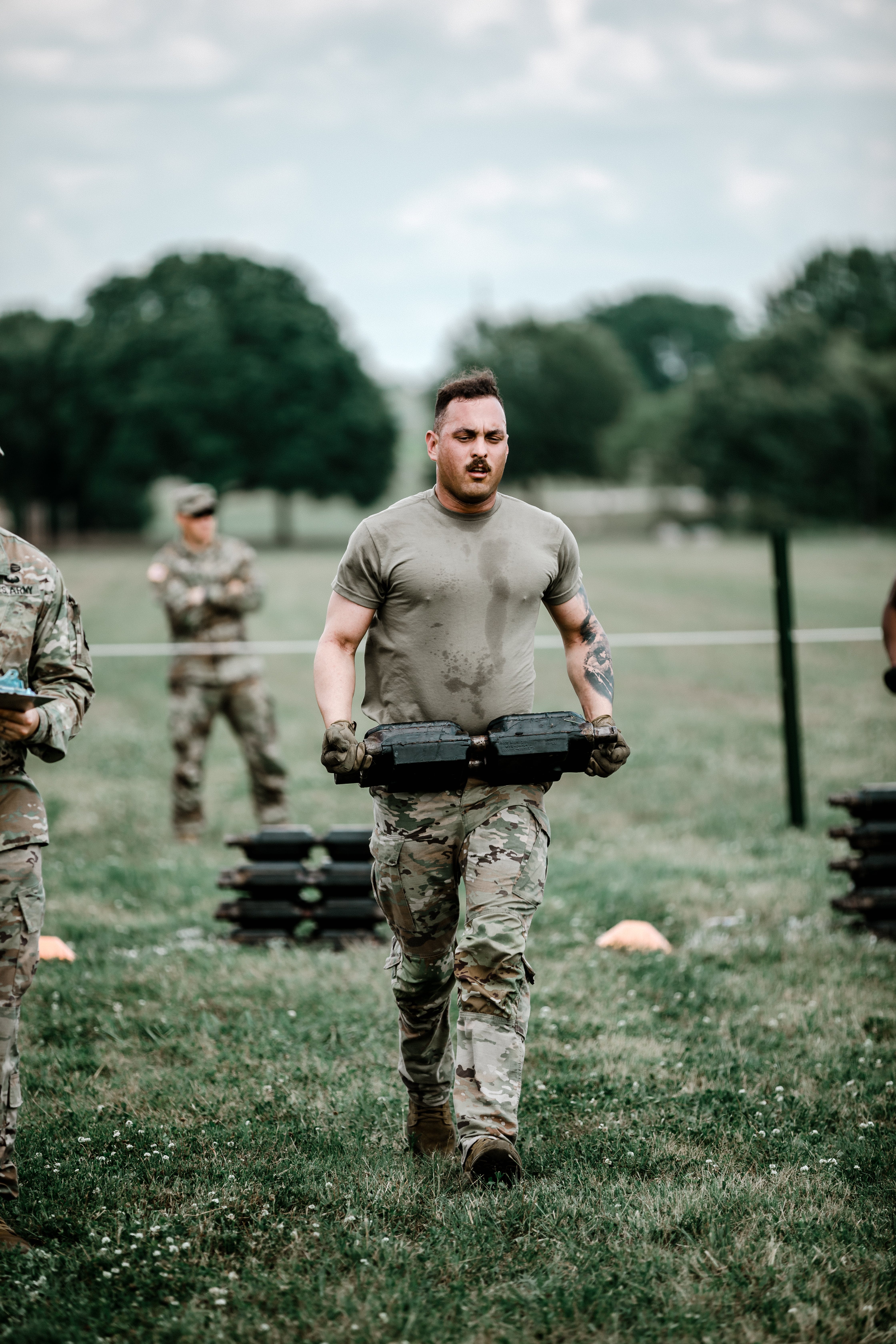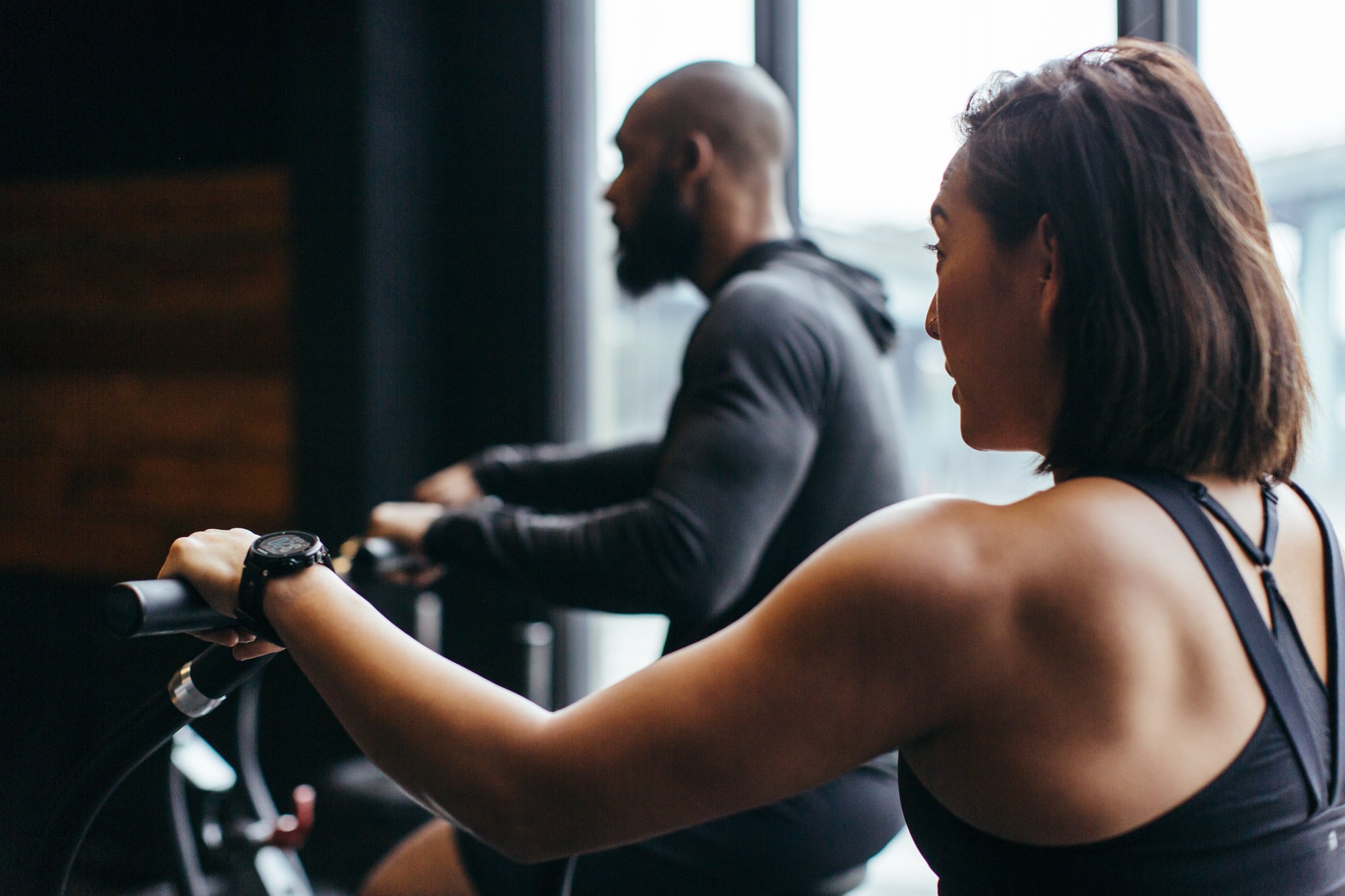Six Benefits of Exercise on Mental Health and How to Program it
By BridgeAthletic on February 19, 2025
Exercise is not only vital for physical health but also plays a transformative role in mental well-being. The relationship between fitness and mental health is backed by robust scientific principles and research, highlighting exercise as a powerful tool to combat stress, anxiety, depression, and more. Below, we explore the key mental health benefits of exercise, the mechanisms behind these benefits, and the types of exercise that yield the best results for each area, including recommendations for frequency, duration, and intensity.
Read MoreBridgeAthletic is proud to announce a new partnership with Excelsior Rotterdam, a distinguished club competing in the Keuken Kampioen Divisie, one of the most competitive and highly-regarded leagues in Dutch football. This collaboration will empower Excelsior’s performance staff to streamline their training processes and deliver cutting-edge, individualized performance programming using BridgeAthletic.
Read More4 Easy Steps to Launch and Sell a Holiday Fitness Program with Bridge
By Andy Pate on November 25, 2024
The holiday season offers a unique opportunity for personal trainers to reach more clients and boost revenue. But other commitments over the holiday season can make it difficult to find the time to create programs, promote them, and ultimately deliver them to clients. The reality is that creating and launching a new program doesn’t have to be time-consuming or complicated. With Bridge, you can build a high-quality, 4-week holiday fitness program in just one day and have it ready to sell directly through the Bridge online store—fast, efficient, and completely hassle-free.
In this guide, we’ll show you just how easy it is to design a program that appeals to clients looking to stay active during the holidays.
4 Proven Offers to Attract Clients and Boost Sales for Your Training Business
By BridgeAthletic on November 25, 2024
Standing out in the competitive world of personal training and fitness coaching requires more than just skill—it takes the right strategies. Between managing your current clients, designing programs, and marketing your services, finding the time to grow your business can feel overwhelming. But what if there was a way to attract more clients and drive sales without adding hours to your already-packed schedule?
In this guide, we’ll share five proven offers that personal trainers can use to bring in new clients, boost revenue, and take their business to the next level. These strategies are designed to help you maximize your impact while keeping your workload manageable, so you can focus on what you do best—helping people achieve their fitness goals.
BridgeAthletic, the industry’s leading high-performance training software for strength coaches and personal trainers, is proud to announce a new partnership with the Charlotte Hornets. The Hornets’ Athletic Performance Staff, as well as the medical staff will now use Bridge to build, track and monitor all athlete strength and recovery programs.
Read MoreExploring the Benefits of Retro-Walking for Lower Back and Knee Pain Relief
By Dr. Chris Myers, CSCS on September 12, 2024
Retro-walking (RW), or walking backward, is a therapeutic exercise used in resistance training and physical therapy to alleviate knee and lower back pain, particularly in conditions like osteoarthritis. By engaging muscles differently from forward walking, RW can improve balance, coordination, and functional abilities, making it an effective non-pharmacological treatment for chronic pain and rehabilitation.
What is Retro-Walking (RW)?
As someone who owns exactly one suit, this topic may seem significantly outside of my wheelhouse. And it is. However, my interest in learning about the most random things I come across led me to notice a point of comparison between the world of custom-made suits and my experience programming in the Tactical sector.
Read MoreAs a strength coach and physiologist, I often get asked about tapering and how it fits into a training program. Simply put, tapering is the final step in a training plan to ensure athletes are at their best for a competition.
Read MoreA Preparatory Training Approach To Improve Rucking and Loaded Movements
By Brian Sklenar on July 22, 2024
Rucking and load support in full kit is an activity that many Tactical Human Performance teams will help soldiers prepare for as part of their normal responsibilities. The need for this may be due to preparation for selection, school, exercise, or deployment.
Read More
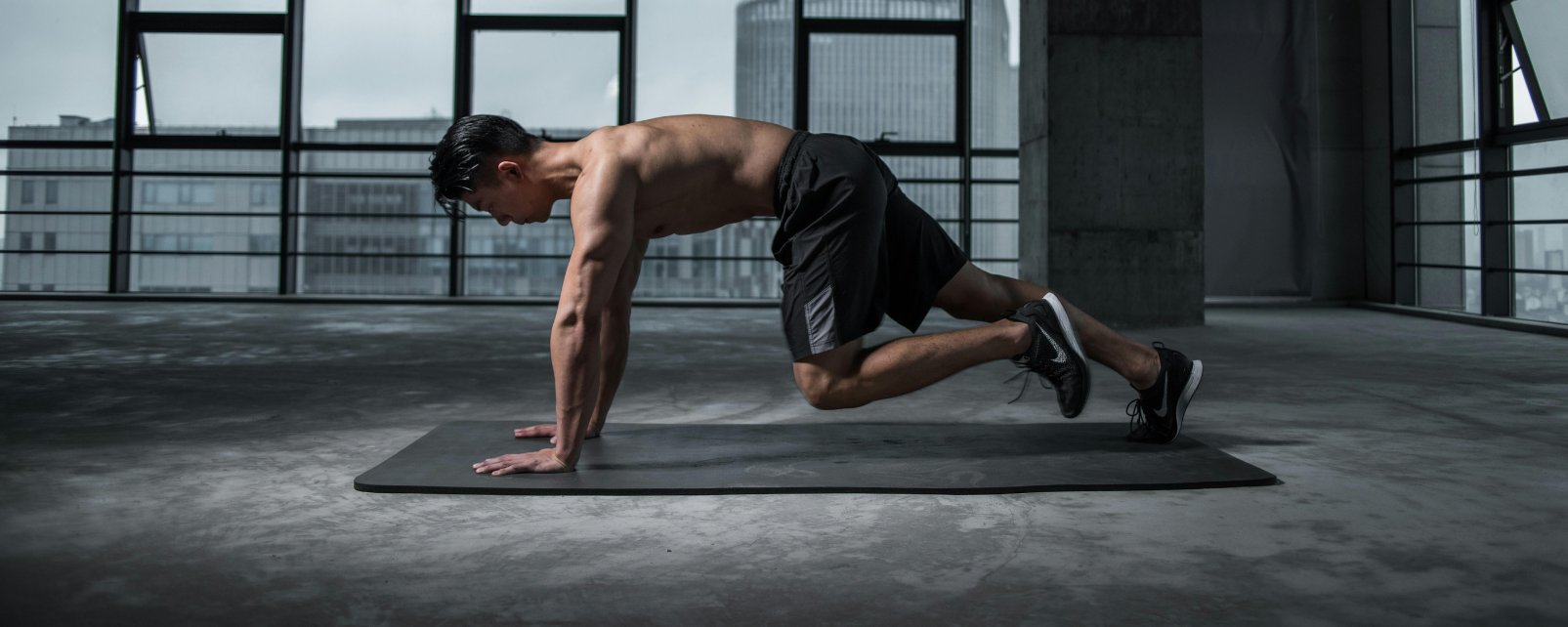
.png)
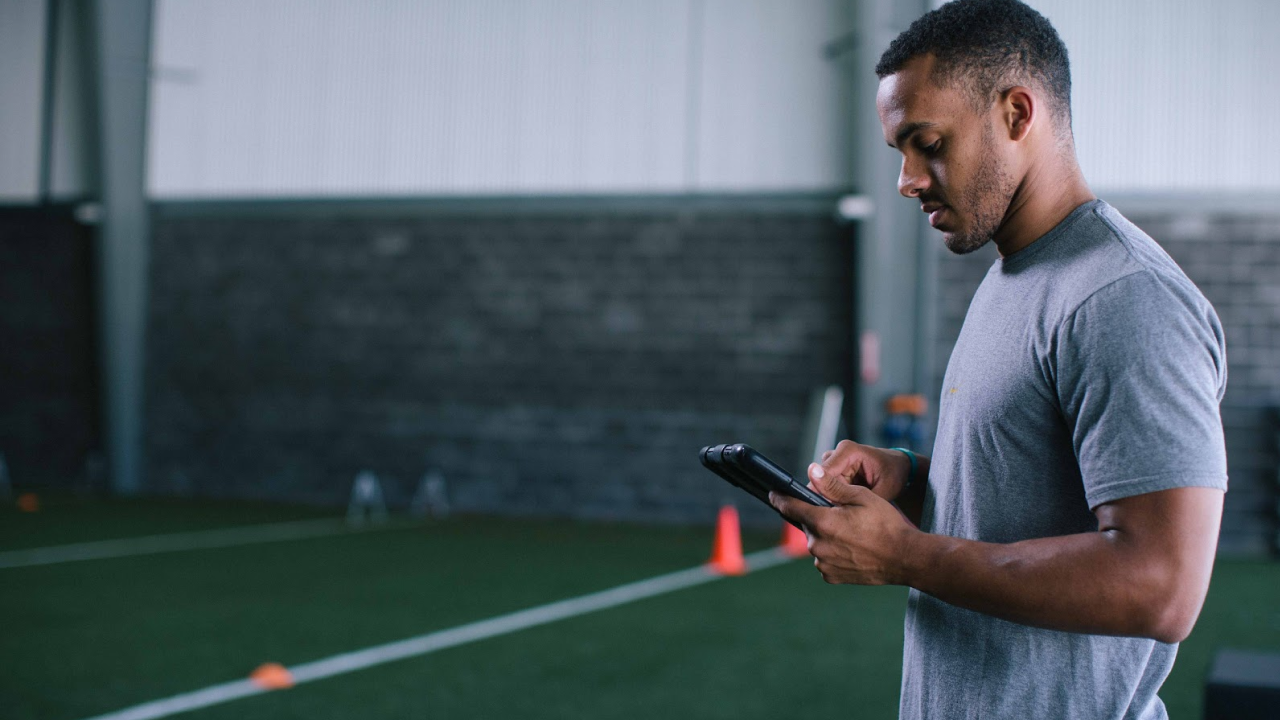
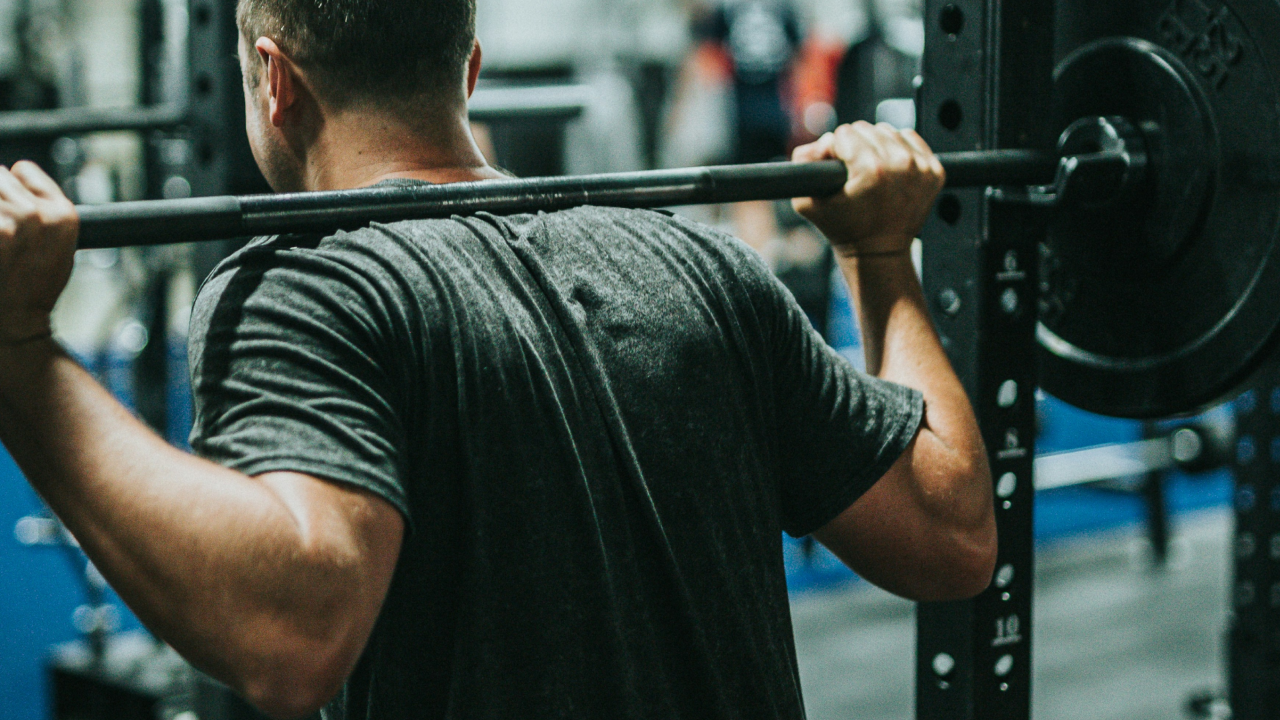
.png)

